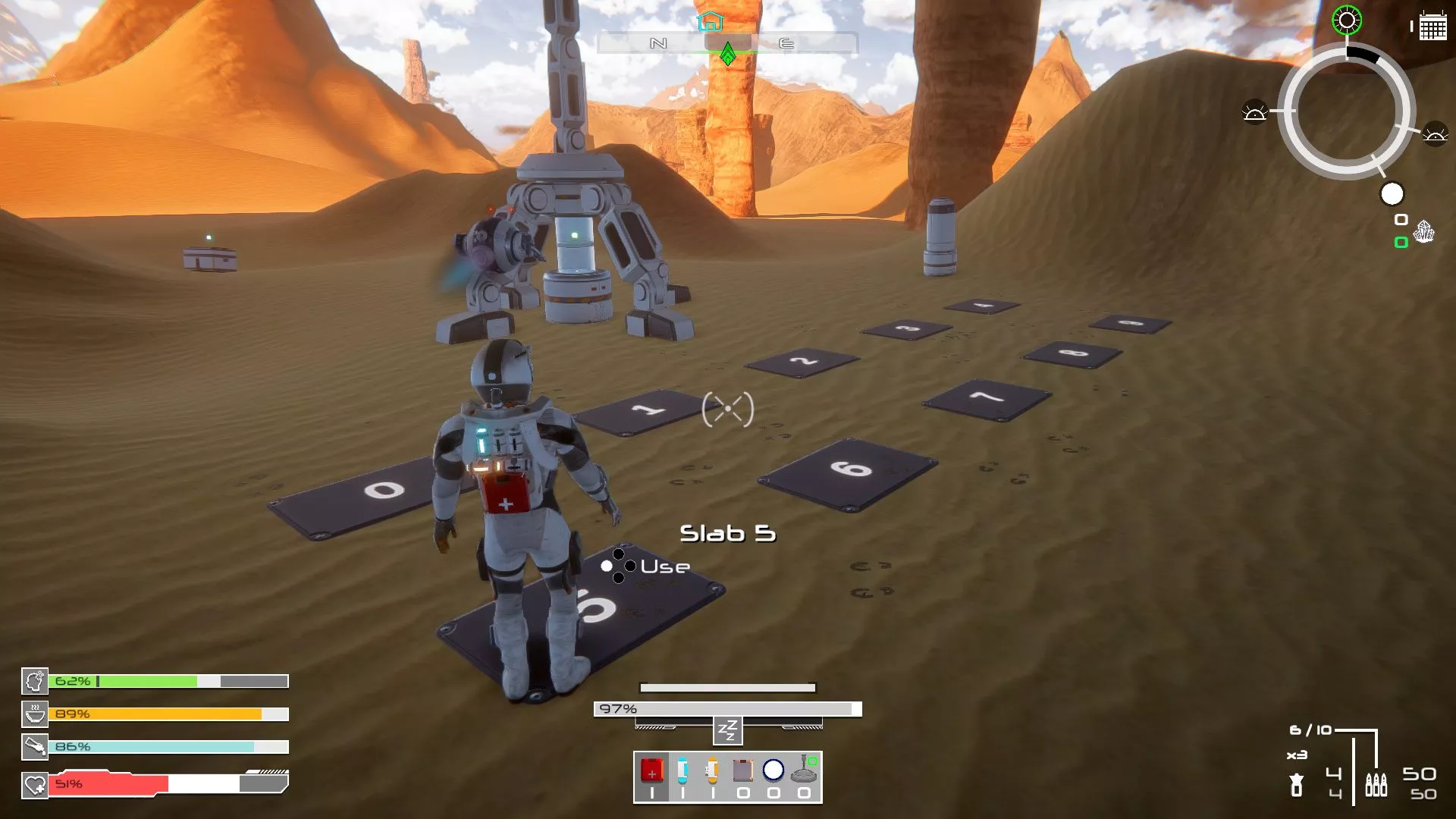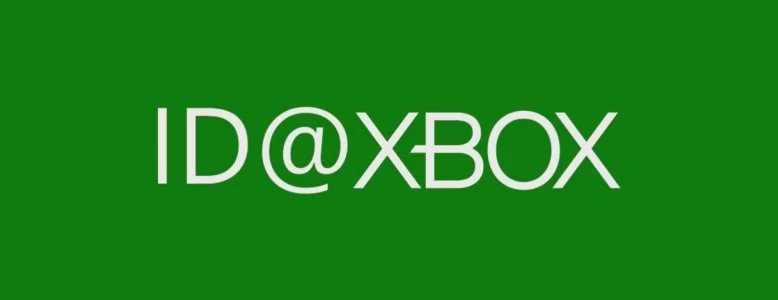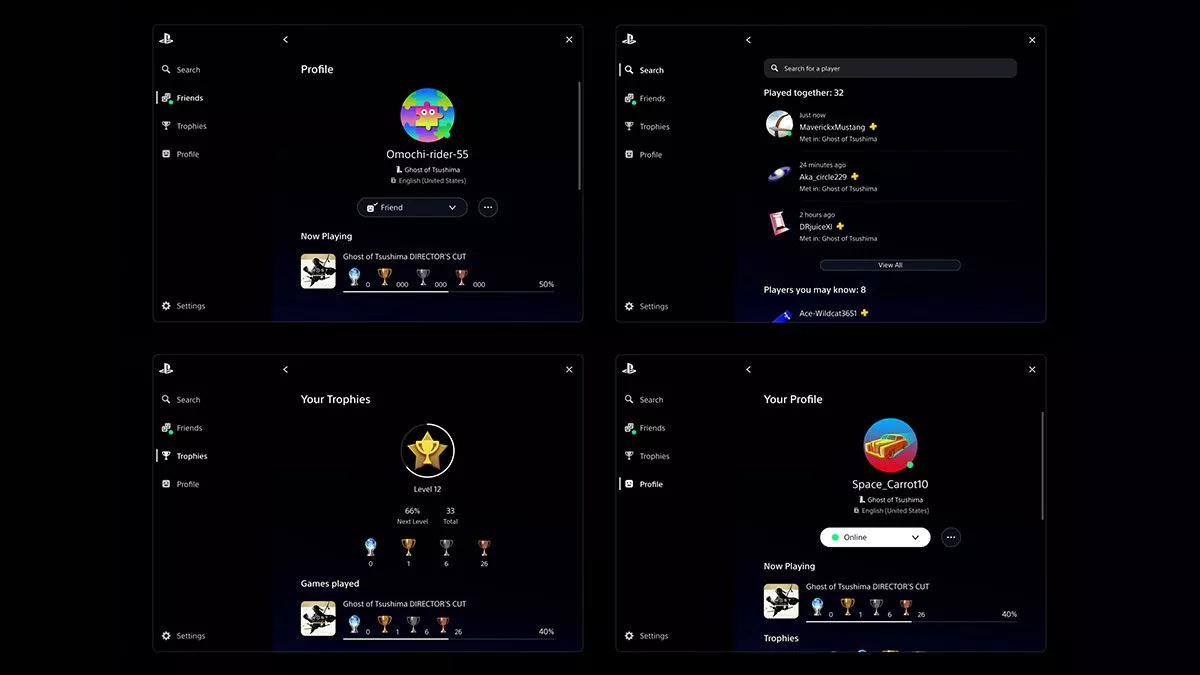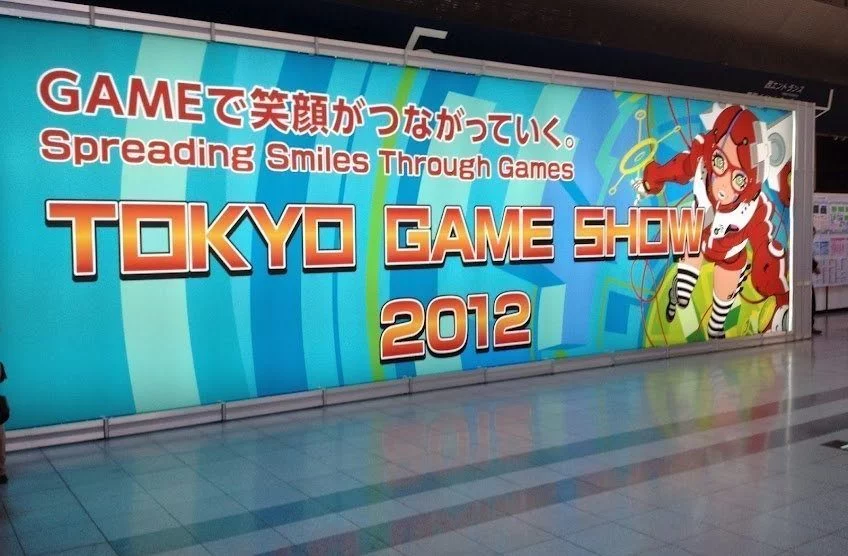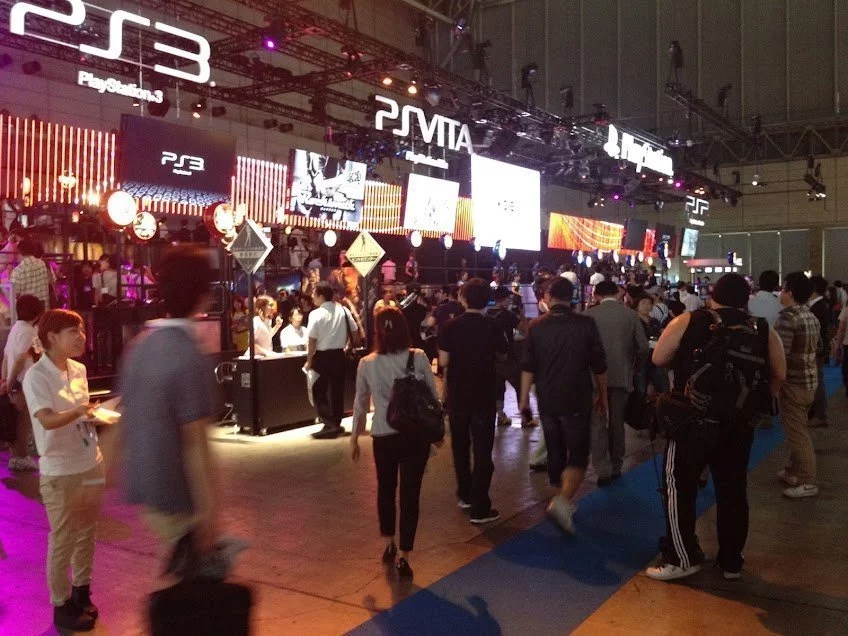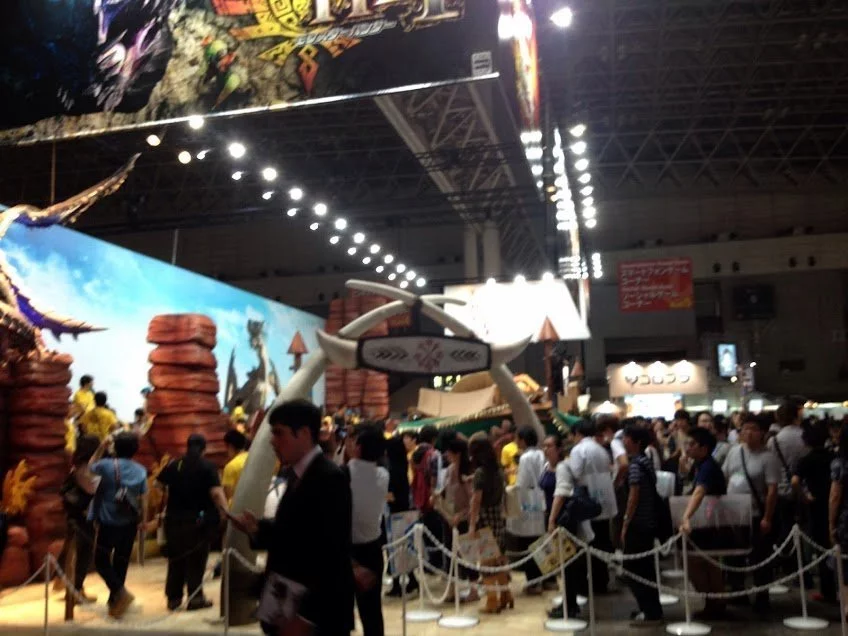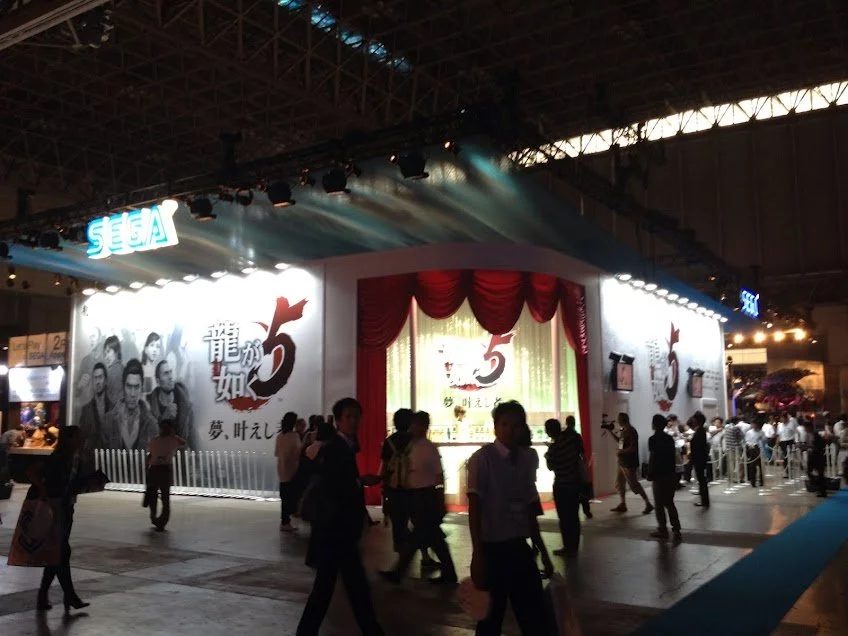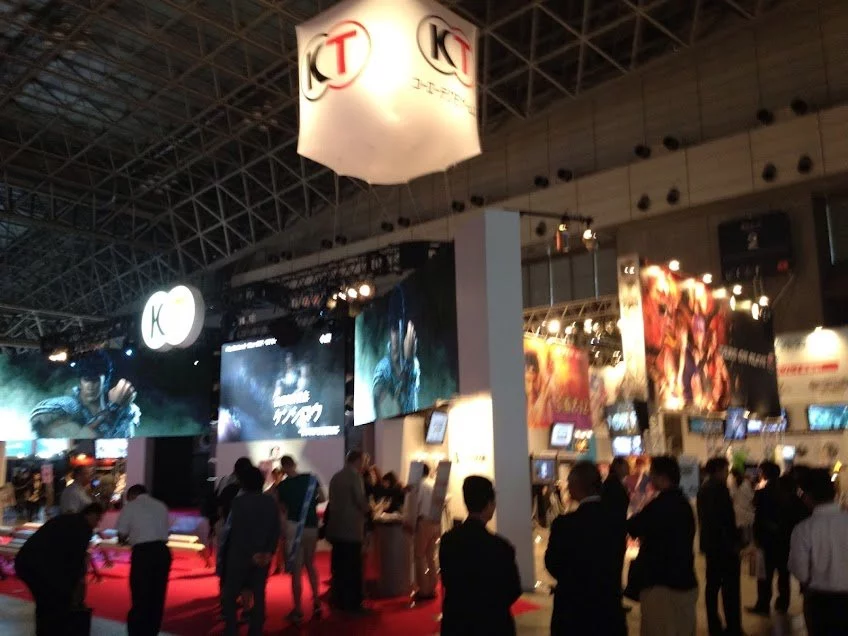On Thursday 20 September 2012, the Tokyo Game Show kicked off this years’ proceedings with the first of two “Business Days” – specific days aimed at members of the video game industry (yes, including journalists), allowing experiences and information to be shared in the relative quiet of Makuhari Messe. Of course, the quiet is only relative to the following two Public Days, which have just concluded as I type.
As luck would have it, I just ‘happened’ to be taking a trip to Tokyo at the end of September, and attended the business days to gather what information I could. Given that I am just one man, and most sites will send a team to cover the show as a whole, I’m sure I’ve missed a bunch of things many of you find important, and for this, I’m sorry. However, I also got to see/hear/experience a bunch that I CAN tell you about as well, and that info will be published to this very site in the coming days.
Initially, though, I wanted to share some information with you – of course, some information that was announced at TGS will be summarised here, as well as some of my impressions of things I didn’t get enough time with to detail much further. However, I also wanted to help put TGS in to perspective, what with all the huge trade shows we see from year to year.
Japanese Market
To understand where TGS fits into the grand scheme of things, you really need to understand the Japanese market. To gain some further insight, you might also want to have a look at my “Generation Gap” feature; however, I’ll provide a brief overview based on my personal experience.
The Japanese consumer, in general, is a very loyal one, and they will generally choose a known brand over an unknown or foreign one (this probably sums up everything you would learn from reading the Generation Gap feature, but… go on). As a result, Sony and Nintendo are exptremely popular in Japan – not only because the brands are long established, but also very much because they are Japanese companies. In addition, Japanese people, as a whole, tend to spend a LOT of time on trains and buses – commuting to and from work, school, friends, and so on. Particularly in big cities such as Tokyo, not many people drive. Many Japanese own cars, but it’s much easier to travel by train than brave the busy (and narrow) streets of Tokyo. As a result, there is a much higher uptake of handheld games, and a very high number of mobile games players (i.e., mobile phone games – called “mobige” in Japanese slang).
On top of this, Japanese taste tends to differ from Western (I dislike this term, but it does explain what I need it to) – what we tend to find tacky and childish, they find quirky and cute. Comic books and video games are still considered nerdy and childish by many Australians, but they are commonplace in Japanese culture. Further, what we find weird and distasteful, the Japanese… often also find distateful, to be honest. However, there IS a large market for certain genres in Japan. Beyond this, Japanese gamers tend to enjoy a more subdued and rigid environment, as compared to the fast-paced action of Western players (again, this is generalising). In a way, this explains why Japanese RPGs are so very different to Western ones. Further than that, though, it can also help to explain why certain genres are so very popular in Japan, while others aren’t.
For these reasons, the focus of the Tokyo Game Show is on games that would appeal to a Japanese audience. Hence, you often will not see a lot of First Person Shooters on the show floor, but you will see a lot of Japanese-style RPGs. You WILL see a lot of mobile games. And this year, you WON’T see Microsoft (it could be argued that MS decided to forgo this years TGS because the Japanese market for Xbox is too soft, but then again, they also decided to sit out of Gamescom, so this doesn’t really sit well with me).
Still, TGS has unfortunately taken a dip in terms of its importance in the industry of late, and this year this was evident in the number of publishers that either neglected to attend or attended at reduced capacity, resulting in a number of individuals suggesting that this year’s show was poor in comparison to E3 and Gamescom. Time will tell in regards to consumer attendance (looked popular to me!), but personally, I felt there were a lot of great games, and as the prime focus of a trade show, I’d consider it a success.
TGS 2012
In fact, not only will you not see Microsoft at this year’s TGS, you also won’t see Nintendo. Traditionally, Nintendo tends to hold separate events, and have never set up a booth at TGS. This year is no different, which is why the Wii U announcements were made several days prior to TGS, and included (almost) all the information you might want to know about the Wii U.
However, with the International release of a brand new system (and one said to be kickstarting a new generation of gaming), it seems to be a misstep for there to be very little representation at TGS, even given the popularity of Nintendo in Japan. To be honest, I believe I only saw three Wii U games at the show, and none of them were the ones I actually wanted to see…
That said, I DID get to get my hands on a Wii U controller (game previews forthcoming), and I can safely say that it is a legitimate controller. My concern prior was that it was too big, and holding my hands that far apart would be strange, and I also wondered at the weight of the controller. All of these fears were allayed – it was extremely comfortable to hold, felt very much like a regular controller (slightly different, sure, but very easy to get to grips with), and was lighter than anticipated. I can’t say for sure, but it felt MUCH lighter than an iPad, for example (by the feeling alone, I would suggest as much as half the weight).
Moving on from Nintendo, this year there were several announcements, some of which you may have seen previously, but I’ll give a brief recount. Sony announced the forthcoming release of a new PlayStation 3 SKU, a slimmer version to refresh the channel. In addition, there are two new colours soon to be available for the PS Vita (red and blue), at least in Japan, and both were available on the show floor being used as demo units. I played Street Fighter vs Tekken on a blue unit, and found it to be quite pretty, but it seemed to be just a face plate as opposed to an entirely blue case. Further, there were some details as to PS Plus coming to Vita, in addition to Sony’s Music Unlimited service, which is said to include a Karaoke on Demand service for the Japanese market. Interested to see if that ventures outside of Japanese shores…
While not an announcement, the Circle Pad Pro adaptor for the Nintendo 3DS was also on display at the Monster Hunter 4 stand as part of the Capcom booth. I was not prepared to fight through the hour-plus-long wait to get my hands on this unit, so I didn’t get to see it for myself, but it was there.
As expected, mobile games had a HUGE presence at this year’s TGS, and Gree in particular showed up in force. Their booth was one of the largest at the show, and while I didn’t play any of the games on display, I took a look at every single one – and I can say there are some impressive games coming to iOS and Android in future. Some are linked to current franchises, such as FIFA 13 and Assassins Creed: Utopia, while others were new IP. I’ve heard it said many times before that Gree is a name that should be given more attention, and TGS was clear evidence of this.
Lastly, there were a bunch of new trailers released for games not on the show floor, including Puppeteer (which I was sad to not have a chance to play) and Final Fantasy XIV (among others, as well as a bunch of new trailers for games that were playable, including Metal Gear Rising: Revengeance (which I got my hands on – preview coming soon).
What I didn’t get to play
In case you’re wondering, I can let you down now. Even given I spent the majority of my time at the Business Days, there was still a lot of waiting in lines. As a result, I could only play so much. Up front, I can tell you that I didn’t play Soul Sacrifice, which looks GREAT, by the way (when I finally got the chance, the line had closed for the day, and this was still around 3pm). I also missed out on both the console and Vita versions of Assassins Creed 3. I didn’t fancy the Monster Hunter 4 line, and have never played any of the other titles in the series, anbd I also missed out on some other titles I was interested in, such as PlayStation All Stars Battle Royale and Book of Wonder. And Project X Zone? I didn’t see THAT on the show floor, but apparently it was there! (sadpanda.jpg)
Business Days vs Public Days
For those of you interested, I thought I’d add this last section detailing the perceived difference between Business Days and Public Days. Having attended TGS several times in the past on Public Days only, I can say straight up that it has certyainly increased in popularity over the years – the place was PACKED to the rafters. That said, the Business Days were also busier than I expected – a modest crowd, to be sure, but a large one. The longest wait I endured was for MGR: Revengeance (I HAD to get my hands on at least ONE of the big names at the show), and that was 60 minutes.
On attending the Public Day on Saturday, the crowd had increased exponentially – I estimate there was at least ten times the amount of people that were there on Business Days, but it was probably much more, to be honest. In fact, it was so bad we left after an hour. The waiting times for virtually EVERY game was an hour and a half. To clarify a little more, the merchadising stands were available for walk-up entry during the Business Days – I never had to wait for even one minute. However, on the Public Day that I attended, the line for the Capcom stand was at 140 minutes only 2 hours into the show. Ouch.
In terms of the kind of crowd and the interactions that occured? Most of the presentations and discussion sessions that occurred on the Business Days also occurred on the Public Days, but the Public Days wwere simply too difficult to navigate. Just getting from one building to another was a struggle, and you’re right, I shouldn’t have taken the kids.
As a final note, there was one awesome occurence that happened on a Business Day that I doubt would have hapened on Public Days – Nagoshi-san, Producer of the Yakuza series, stood and watched over the line for attendees playing Yakuza 5 for a good half an hour. I had a bit of a fanboy squee, as I’m a HUGE fan of that particular series (although he was wearing his trademark scowl, so I didn’t brave a photo op), and yes, there is a write up coming. Spoiler: OMFG.
So stick with Stevivor.com over the following week or two, and check out what was on show!
This article may contain affiliate links, meaning we could earn a small commission if you click-through and make a purchase. Stevivor is an independent outlet and our journalism is in no way influenced by any advertiser or commercial initiative.


